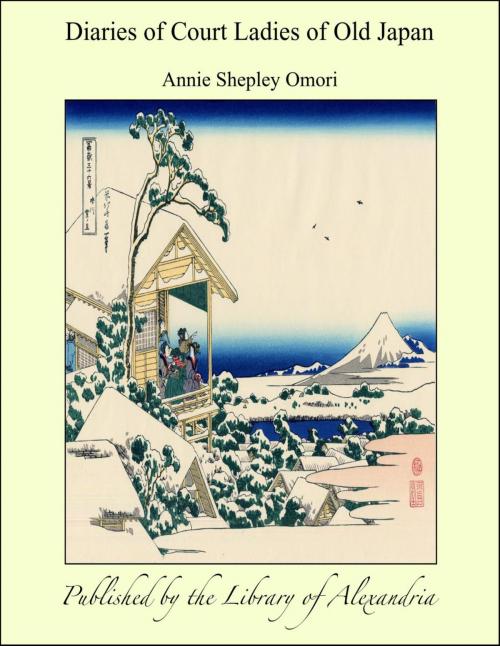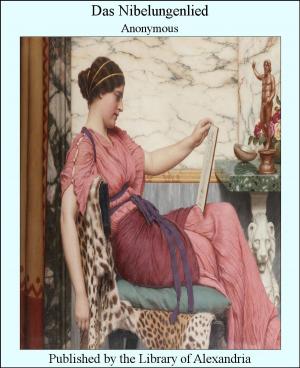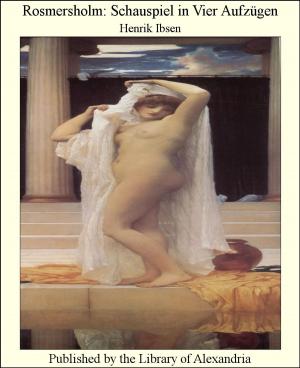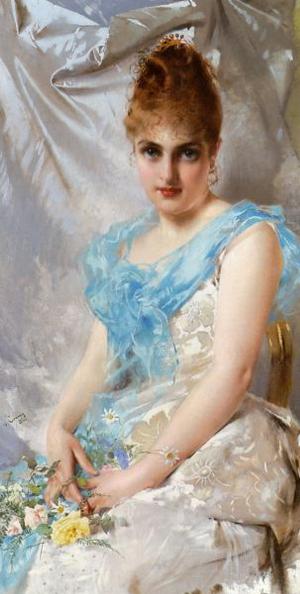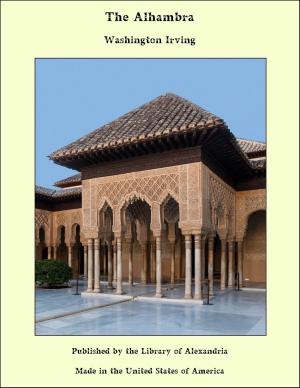Diaries of Court Ladies of Old Japan
Nonfiction, Religion & Spirituality, New Age, History, Fiction & Literature| Author: | Annie Shepley Omori | ISBN: | 9781465571540 |
| Publisher: | Library of Alexandria | Publication: | July 29, 2009 |
| Imprint: | Library of Alexandria | Language: | English |
| Author: | Annie Shepley Omori |
| ISBN: | 9781465571540 |
| Publisher: | Library of Alexandria |
| Publication: | July 29, 2009 |
| Imprint: | Library of Alexandria |
| Language: | English |
THE Japanese have a convenient method of calling their historical periods by the names of the places which were the seats of government while they lasted. The first of these epochs of real importance is the Nara Period, which began A.D. 710 and endured until 794; all before that may be classed as archaic. Previous to the Nara Period, the Japanese had been a semi-nomadic race. As each successive Mikado came to the throne, he built himself a new palace, and founded a new capital; there had been more than sixty capitals before the Nara Period. Such shifting was not conducive to the development of literature and the arts, and it was not until a permanent government was established at Nara that these began to flourish. This is scarcely the place to trace the history of Japanese literature, but fully to understand these charming “Diaries of Court Ladies of Old Japan,” it is necessary to know a little of the world they lived in, to be able to feel their atmosphere and recognize their allusions. We know a good deal about Japan today, but the Japan with which we are familiar only slightly resembles that of the Diaries. Centuries of feudalism, of “Dark Ages,” have come between. We must go behind all this and begin again. We have all heard of the “Forty-seven Ronins” and the No Drama, of Shoguns, Daimios, and Samurais, and many of us live in daily communion with Japanese prints. It gives us pause to reflect that the earliest of these things is almost as many centuries ahead of the Ladies as it is behind us. “Shogun” means simply “General,” and of course there were always generals, but the power of the Shoguns, and the military feudalism of which the Daimios and their attendant Samurais were a part, did not really begin until the middle of the twelfth century and did not reach its full development until the middle of the fourteenth; the No Drama started with the ancient religious pantomimic dance, the Kagura, but not until words were added in the fourteenth century did it become the No; and block colour printing was first practiced in 1695, while such famous print artists as Utamaro, Hokusai, and Hiroshige are all products of the eighteenth or early nineteenth centuries. To find the Ladies behind the dark military ages, we must go back a long way, even to the century before their own, and so gain a sort of perspective for them and their time.
THE Japanese have a convenient method of calling their historical periods by the names of the places which were the seats of government while they lasted. The first of these epochs of real importance is the Nara Period, which began A.D. 710 and endured until 794; all before that may be classed as archaic. Previous to the Nara Period, the Japanese had been a semi-nomadic race. As each successive Mikado came to the throne, he built himself a new palace, and founded a new capital; there had been more than sixty capitals before the Nara Period. Such shifting was not conducive to the development of literature and the arts, and it was not until a permanent government was established at Nara that these began to flourish. This is scarcely the place to trace the history of Japanese literature, but fully to understand these charming “Diaries of Court Ladies of Old Japan,” it is necessary to know a little of the world they lived in, to be able to feel their atmosphere and recognize their allusions. We know a good deal about Japan today, but the Japan with which we are familiar only slightly resembles that of the Diaries. Centuries of feudalism, of “Dark Ages,” have come between. We must go behind all this and begin again. We have all heard of the “Forty-seven Ronins” and the No Drama, of Shoguns, Daimios, and Samurais, and many of us live in daily communion with Japanese prints. It gives us pause to reflect that the earliest of these things is almost as many centuries ahead of the Ladies as it is behind us. “Shogun” means simply “General,” and of course there were always generals, but the power of the Shoguns, and the military feudalism of which the Daimios and their attendant Samurais were a part, did not really begin until the middle of the twelfth century and did not reach its full development until the middle of the fourteenth; the No Drama started with the ancient religious pantomimic dance, the Kagura, but not until words were added in the fourteenth century did it become the No; and block colour printing was first practiced in 1695, while such famous print artists as Utamaro, Hokusai, and Hiroshige are all products of the eighteenth or early nineteenth centuries. To find the Ladies behind the dark military ages, we must go back a long way, even to the century before their own, and so gain a sort of perspective for them and their time.
